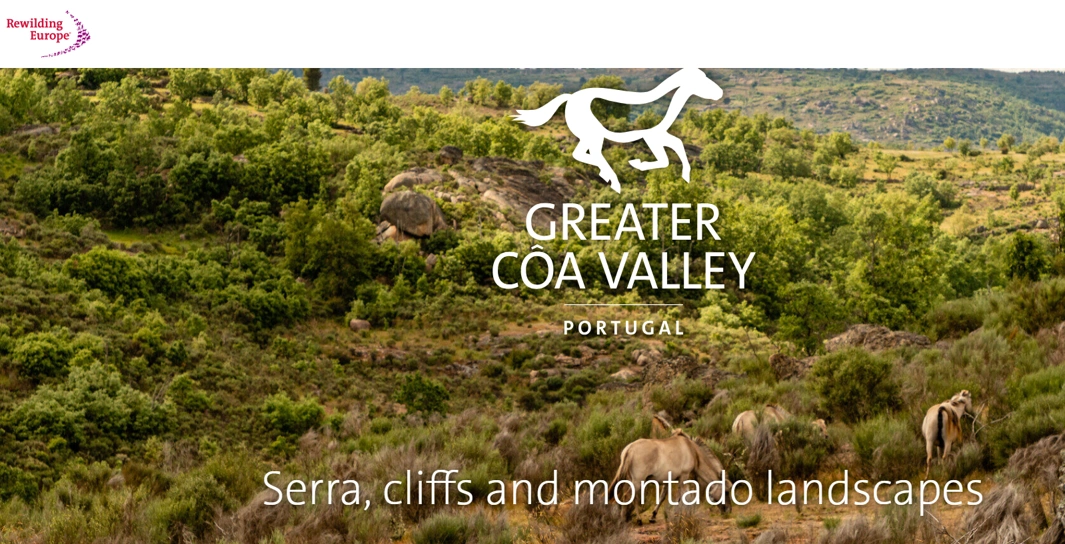Champions of Climate and Biodiversity

Knowledge
- A thorough knowledge of biodiversity conservation, climate action, and the Sustainable Development Goals (SDGs) of the United Nations.
- Understanding how these issues are related to one another and how important they are to efforts to promote global
Skills
- The capacity to evaluate how human activity affects biodiversity loss and climate change.
- Proficiency in recognizing plans of action and methods to solve environmental issues and advance sustainability.
Responsibility & Autonomy
- Accepting responsibility for one's own choices and activities that support environmental preservation.
- Speaking independently in both personal and professional contexts for climate action and biodiversity conservation.
Welcome to the Champions of Climate and Biodiversity WebQuest!
In today's world, addressing climate change and biodiversity loss is crucial for achieving sustainable development and ensuring the well-being of present and future generations.
Imagine you are part of a dedicated team in a forward-thinking company. You have been tasked with developing a comprehensive sustainable development strategy that addresses climate action and biodiversity conservation. Your mission is to create a robust plan that aligns with the United Nations Sustainable Development Goals (SDGs), particularly focusing on climate action and biodiversity.
This WebQuest will take you on a journey to explore these critical SDGs, understand the interconnectedness of these issues, and analyze the impact of human activities on our planet. You will work collaboratively to identify innovative strategies and initiatives that can help mitigate environmental challenges and promote sustainability.
At the end of this WebQuest, you will present your strategy to a panel of environmental auditors. The future of your company depends on the effectiveness and feasibility of your plan. Your ability to advocate for climate action and biodiversity conservation within your professional sphere will be put to the test.
Are you ready to embark on this journey and make a difference?
Let’s get started!
Conduct research on the Sustainable Development Goals related to Climate Action and Biodiversity Conservation. Understand their objectives and targets.
In this research you shall:
- Analyze case studies of initiatives or projects that have successfully contributed to Climate Action and Biodiversity Conservation. Identify their key strategies and outcomes.
- Explore opportunities for individuals, organizations, or governments to take action on Climate Change and Biodiversity Conservation. Consider factors such as energy transition, conservation practices, sustainable agriculture, and policy interventions.
- Engage with real-world stakeholders through living labs or community projects. This could involve interviewing environmental experts, collaborating with local conservation groups, or participating in community sustainability initiatives to gain firsthand insights and practical knowledge.
Then, from the results of your research, develop a comprehensive proposal outlining specific actions and initiatives addressing the climate change and biodiversity loss problem. Include strategies, implementation plans, and potential challenges.
To finalize, create a multimedia presentation (e.g., PowerPoint, video) summarizing your proposal. Use visuals, data You can use CANVA, and persuasive arguments to convey the importance of Climate Action and Biodiversity Conservation. Your presentation should also reflect insights gained from stakeholder interactions, showcasing real-world applicability and community engagement.
Good luck, and let's work together to create a sustainable future!
Follow these steps to the final destination of your journey:
Team Up!
Form teams of 3-4 members to work together on the project.
Learn About the SDGs
Research the United Nations Sustainable Development Goals (SDGs) related to Climate Action (SDG 13) and Biodiversity Conservation (SDG 15). Understand their goals and importance.
Analyze Examples
Look at two or three examples of projects that successfully helped with Climate Action and Biodiversity Conservation. For each example, find out: What they did /How it helped/ Any challenges they faced and how they solved them.
Talk to Experts – Living lab activity
Talk to local environmental groups or experts or your teachers. Ask them about their work and gather practical advice and insights.
Develop Your Proposal
Create a proposal that includes:
- Specific actions and solutions for Climate Action and Biodiversity Conservation.
- How these actions can be implemented.
- Possible challenges and how to overcome them.
- Insights and examples from your expert interactions.
Make Your Presentation
Create a multimedia presentation (e.g., PowerPoint, video – see Canva to make the proposal) to summarize your proposal. Your presentation should:
- Explain why Climate Action and Biodiversity Conservation are important.
- Use visuals and data to support your points.
- Include insights and examples from your expert interactions.
Present Your Proposal
Present your proposal to the class or a panel. Be ready to answer questions and explain your ideas clearly.
By following these steps, you'll learn about important environmental issues and how to create effective solutions.
Good luck on your journey!
- United Nations Sustainable Development Goals: Sustainable Development Goals
- Intergovernmental Panel on Climate Change (IPCC): IPCC
- Convention on Biological Diversity
- Biodiversity loss: what is causing it and why is it a concern? | Topics | European Parliament
- Five drivers of the nature crisis
- 12 Ways to Prevent Biodiversity Loss - One Tree Planted
- Highlighting U.S. Efforts to Combat the Biodiversity Crisis - United States Department of State
- What are the solutions to climate change? | Greenpeace UK
- The Sectoral Solution to Climate Change
- Are there real ways to fight climate change? Yes.
- 10 Solutions for Climate Change | Scientific American

Rewilding Europe
Rewilding Europe is a conservation initiative that aims to restore and conserve biodiversity by allowing natural processes to shape landscapes, enabling wild species and habitats to thrive once again. This approach aligns closely with the themes of Climate Action and Biodiversity Conservation discussed in the WebQuest.
The initiative focuses on rewilding large areas of land across Europe, reintroducing key species, restoring natural habitats, and promoting sustainable land management practices. By restoring degraded ecosystems and reestablishing wildlife populations, Rewilding Europe aims to address the dual challenges of climate change and biodiversity loss while also providing social and economic benefits to local communities.
Key features of Rewilding Europe's approach include:
- Restoring natural processes: By allowing natural processes such as grazing, flooding, and predation to occur, Rewilding Europe aims to recreate dynamic and self-sustaining ecosystems.
- Species reintroduction: Rewilding Europe reintroduces keystone species such as European bison, wild horses, and beavers to their former habitats, helping to restore ecological balance and promote biodiversity.
- Community engagement: Rewilding Europe actively involves local communities in conservation efforts, providing economic opportunities through nature-based tourism, sustainable agriculture, and other rewilding-related activities.
- Monitoring and evaluation: Rewilding Europe employs rigorous monitoring and evaluation techniques to assess the effectiveness of its rewilding efforts and ensure adaptive management practices.
By studying Rewilding Europe as a good practice example, students can gain insights into practical strategies for promoting biodiversity conservation and climate resilience. They can explore the interconnectedness of ecosystems, the importance of species diversity, and the role of community engagement in conservation efforts. Additionally, students can analyze the social, economic, and ecological benefits of rewilding initiatives and consider how similar approaches could be applied in their own contexts to address environmental challenges and promote sustainability.
Link: rewildingeurope.com

